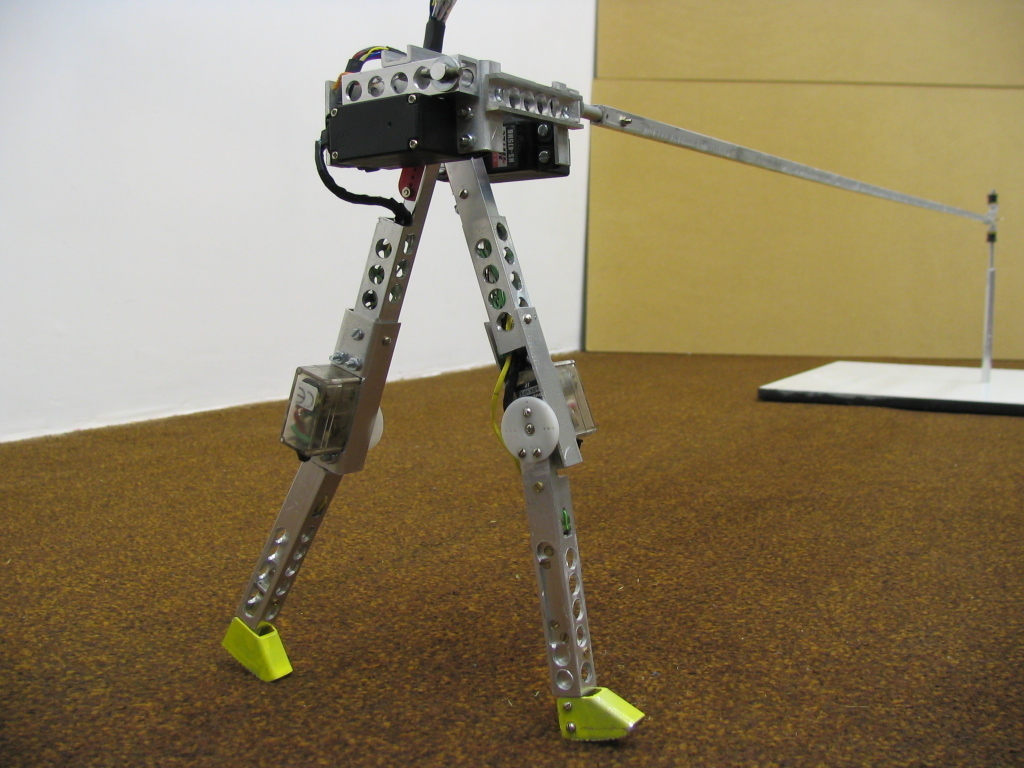Future dentists could choose to simply regenerate teeth instead of filling cavities
08/26/2018 / By David Williams

Wouldn’t it be great to be able to regrow your teeth in ways that are similar to your hair and nails? Of course it would, but unfortunately, human bodies just aren’t built like that.
Last year, however, a team of researchers led by Paul Sharpe, a bioengineer at King’s College London, managed to discover a method that allows teeth to regrow themselves, making the use of synthetic fillers to patch them up completely unnecessary. According to a report on the study, scientists might eventually view it as one of the most important advances in the field of dentistry if it ever becomes widespread and standardized.
The basis of the method discovered by the researchers is none other than the fact that teeth already have the ability to heal themselves, albeit only slightly. It’s said that teeth can function just like human skin in some ways, able to repair minor damage all the time by themselves, without the need for any forms of treatment.
However, the problem is that major damage or injury in teeth make it largely impossible for any self-repair mechanisms to kick in, and that’s why most people get cavities instead. In order to fix this, Sharpe and his team thought that it could be useful to mobilize stem cells in the dental pulp and boost the natural healing abilities of teeth. Their work was built on top of earlier research, where it was demonstrated that the Wnt signaling pathway – an evolutionarily conserved pathway that regulates certain aspects of cell fate determination, cell migration, and cell polarity, among other things – was essential both for tissue repair and stem cell development in other parts of the body like the skin, brain, and intestines.
The research team began their work based on the theory that perhaps the Wnt signaling pathway could affect the ability of teeth to self-repair as well. And so, they tried to find out if exposing damaged teeth to drugs that stimulate Wnt signaling could do the trick. They did this by drilling holes into the molars of lab mice and then soaking tiny collagen sponges in the drugs they were trying to test. What they found afterward was astounding: most cases resulted in “complete repair,” according to the researchers.
In particular, it appeared that the theoretical treatment was highly effective. “You can barely see the join where the old and new dentin meet,” explained Sharpe. “This could eventually be the first routine pharmaceutical treatment in dentistry.”
In most experiments that involve the use of stem cells, some unfortunate side effects just can’t be avoided. But fortunately for Sharpe and his team, there were no such things recorded in all their tests. The amounts of drugs used to perform the technique are evidently so tiny that the risk of any unwanted side effects is minimal, according to the researchers. Now, since performing their initial tests, they have further improved their methods and are looking to one day test it in actual human clinical trials.
The researchers are actually approaching the matter with cautious optimism, as they openly admit that they are still several years away from performing clinical trials with human patients. The good thing is that some of the drugs used in their method are already in use in humans, so that could help speed things up somewhere along the way.
For now, you can do yourself a favor by trying some proven and tested methods of naturally cleaning up your oral health, such as consuming more nutrient-dense whole foods rooted in organic produce. That way, you can prevent yourself from getting cavities in the first place.
Read up on the latest news in the world of dentists and teeth at Dentistry.news.
Sources include:
Tagged Under: cavities, dental care, Dental procedure, dentistry, future medicine, future science, future tech, oral care, oral health, research, self-healing, teeth, teeth regeneration


















